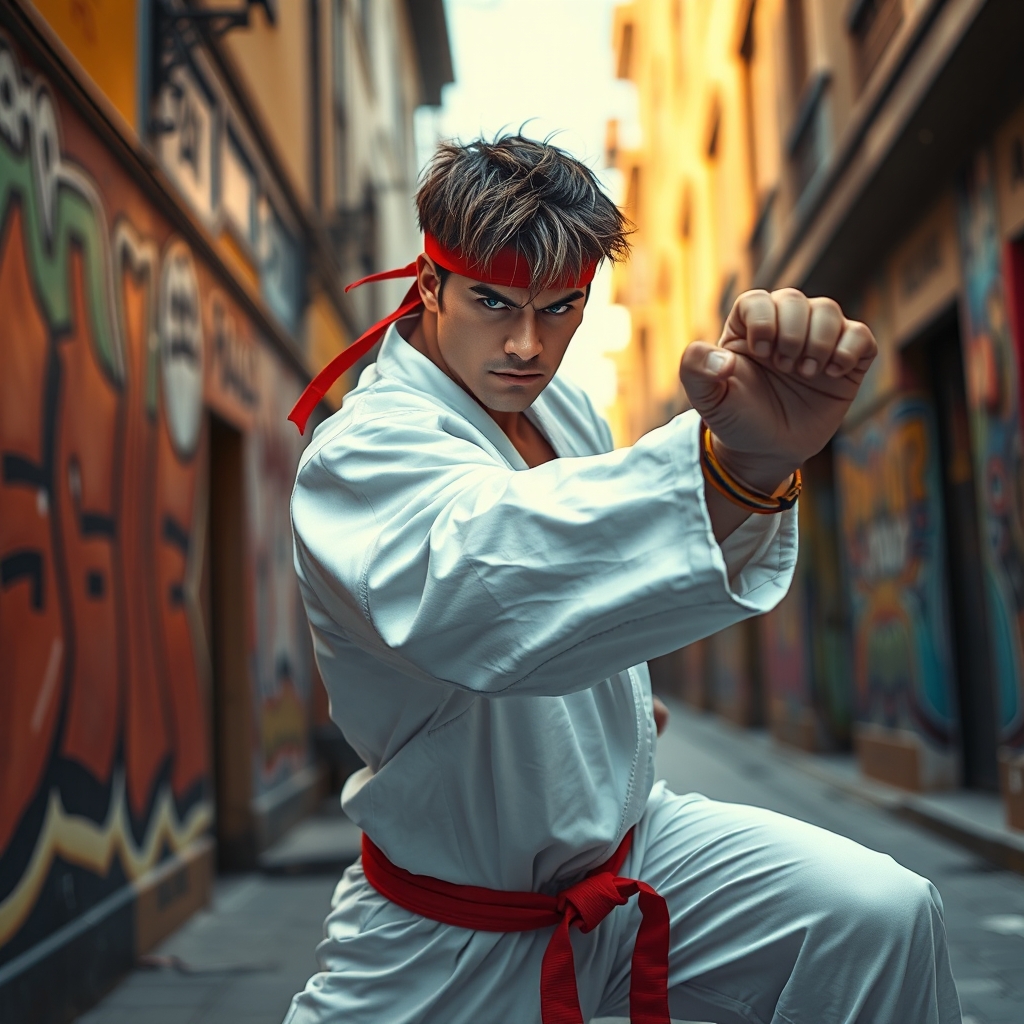
The Evolution of Street Fighter Fashion
Street Fighter has long been more than just a fighting game; it’s a cultural phenomenon that has shaped gaming and pop culture since its inception in 1987. One of the most striking elements of the franchise is the fashion sense of its characters, which reflects a blend of various global influences, martial arts, and the vibrancy of street culture.
Iconic Characters and Their Signature Styles
Ryu: The Classic Warrior
Ryu, the quintessential martial artist, embodies simplicity and functionality in his attire. Clad in a white gi and a red headband, his look is iconic. The gi represents his dedication to karate and discipline, while the headband signifies his determination and warrior spirit. His outfit has inspired countless fans and fighters, making it a staple in martial arts fashion.
Chun-Li: The Trailblazer of Female Fighters
Chun-Li broke barriers with her introduction as one of the first female characters in fighting games. Her blue qipao, adorned with yellow accents, reflects her Chinese heritage while presenting a modern twist on traditional attire. The combination of elegance and strength in her outfit symbolizes femininity and power, making her a role model for many.
Ken: The Flashy Rival
Ken Masters, Ryu’s rival, brings a different flair to the Street Fighter lineup. His red gi, complete with a black belt and a more flamboyant design, showcases his charismatic personality. Ken’s style speaks to his background as a wealthy fighter, blending practicality with a sense of fashion that appeals to fans who appreciate both skill and style.
Street Style Influences
Urban Aesthetics
As the series evolved, so did the characters’ outfits, incorporating elements from urban fashion. Characters like Cammy and Alex reflect street style trends with their form-fitting attire and accessories. Cammy’s camouflage and military-inspired gear highlight a tactical aesthetic, while Alex’s casual wear reflects the laid-back vibe of street culture.
Cultural Fusion
Street Fighter characters often represent various cultures, and their outfits serve as a canvas for cultural fusion. From Dhalsim’s traditional Indian attire to Blanka’s wild, primal look inspired by Brazilian folklore, each character brings a unique cultural narrative. This diversity in design allows players to appreciate a global tapestry of fashion influences.
The Impact on Gaming and Fashion
Street Fighter’s influence extends beyond the gaming world into mainstream fashion. The distinctive looks of characters have inspired clothing lines, cosplay, and even collaborations with high-end fashion brands. The blend of combat-ready attire with stylish elements has made these outfits not just practical for battle but also trendsetting in various fashion circles.
Conclusion
The characters of Street Fighter are more than just combatants; they are fashion icons that embody a spectrum of styles and cultural influences. Their outfits not only enhance their personalities but also resonate with fans worldwide, making them timeless figures in both the gaming and fashion industries.
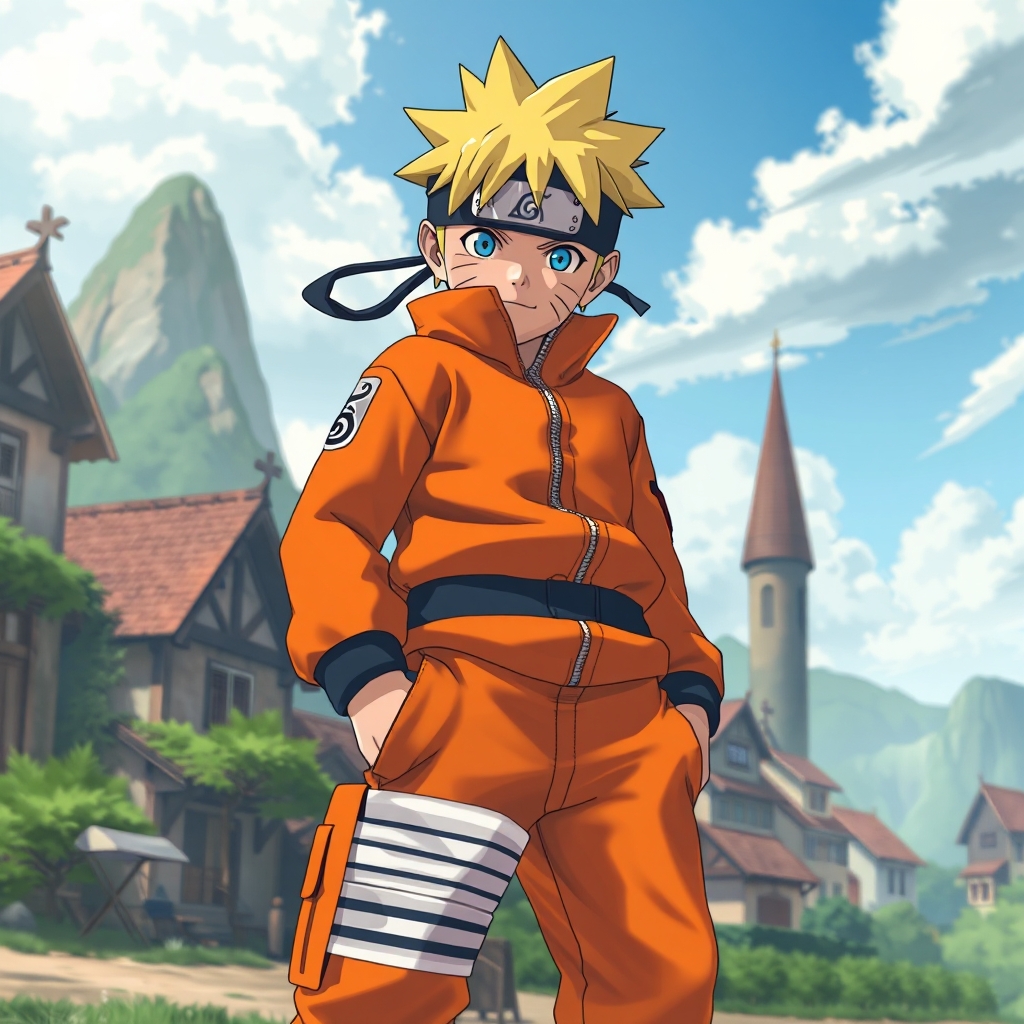
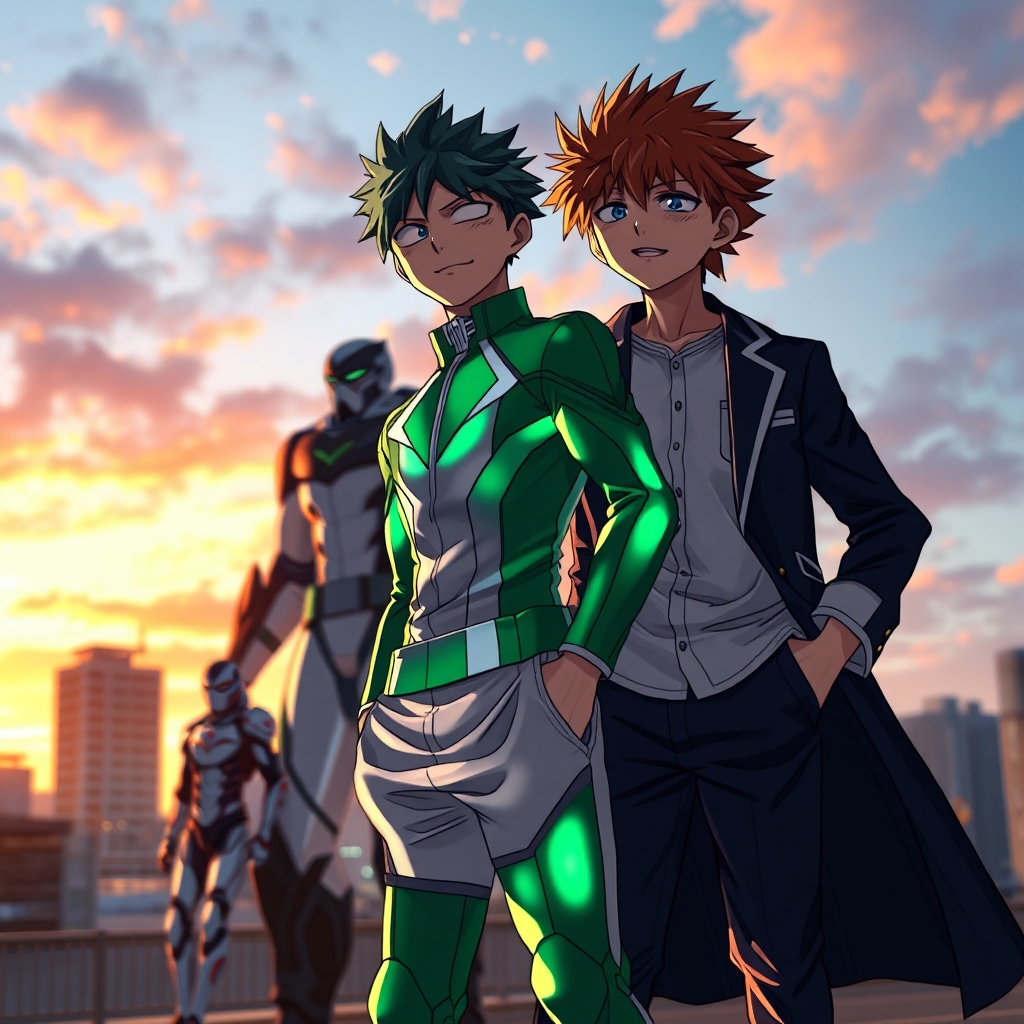
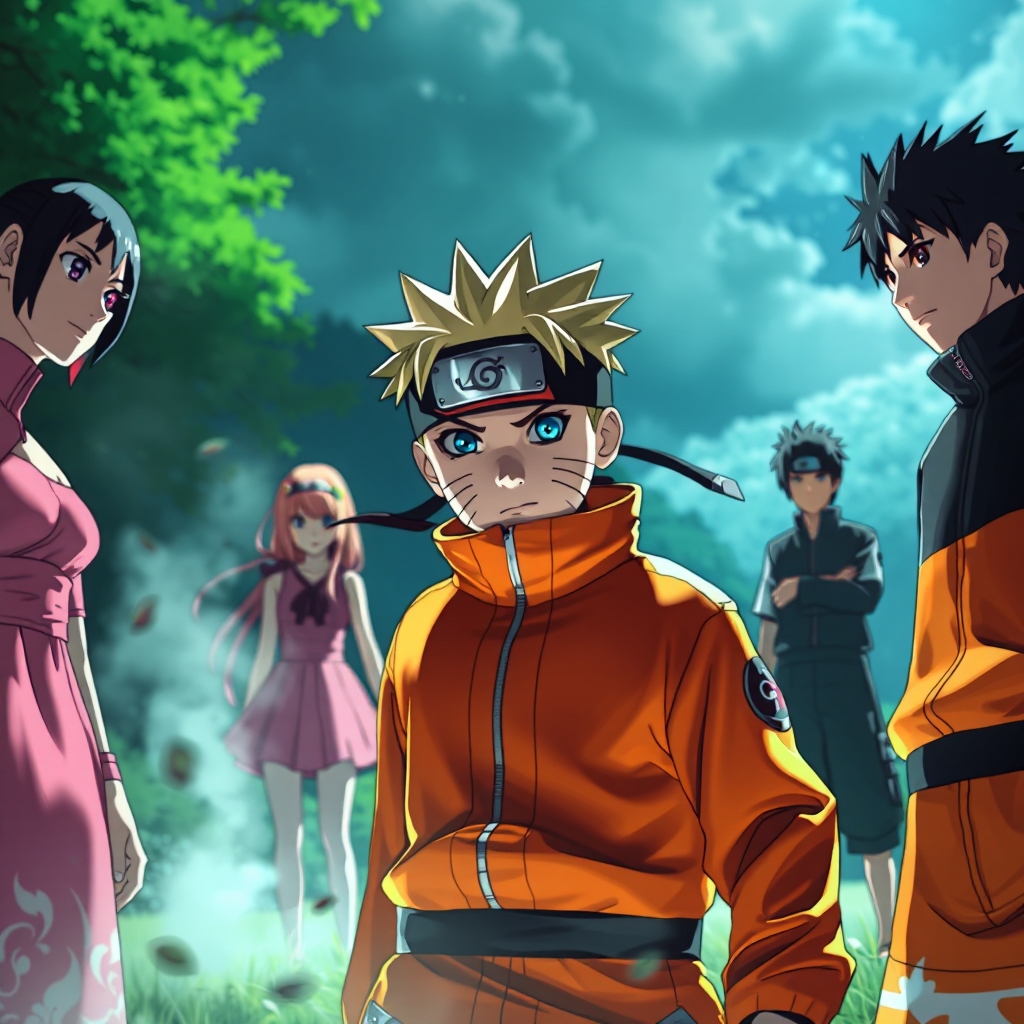
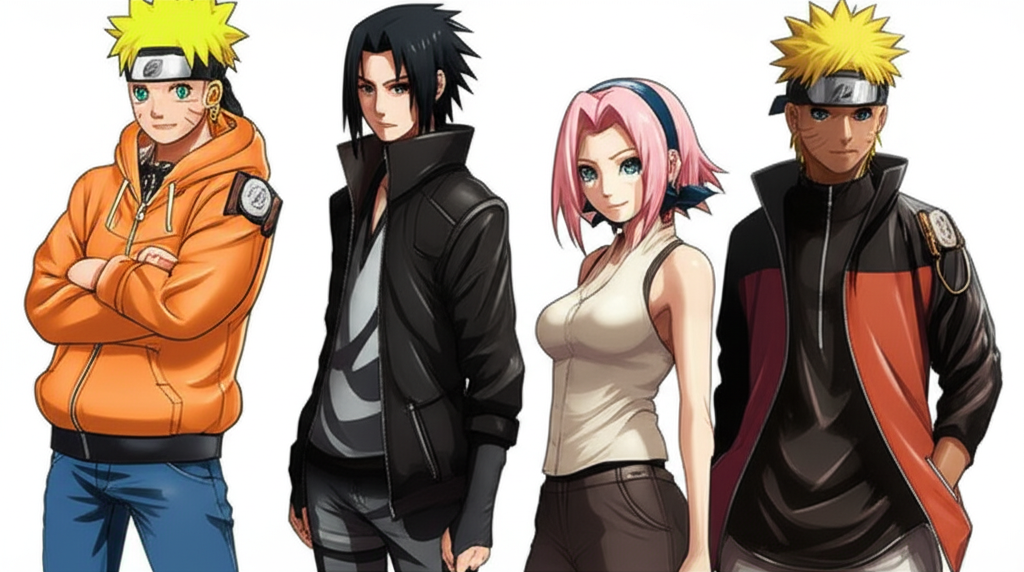
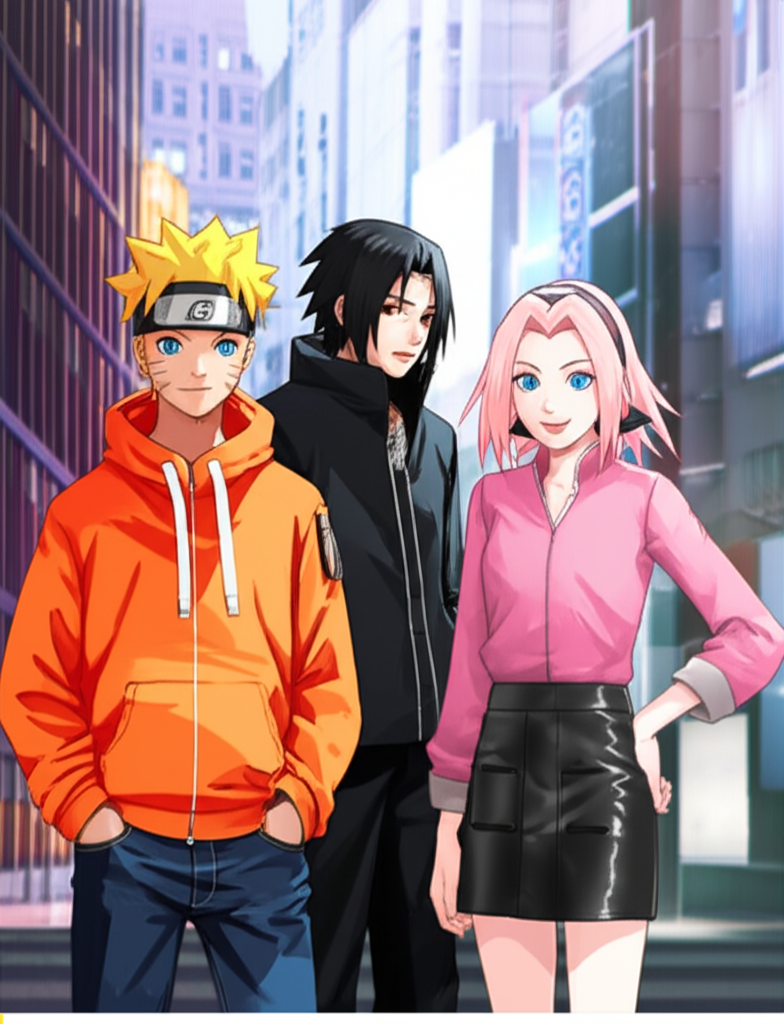
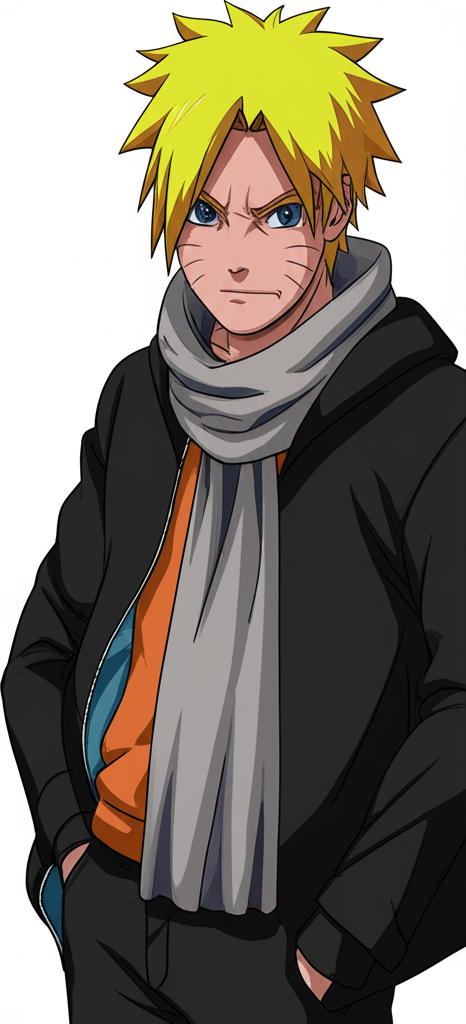
Latest Reviews